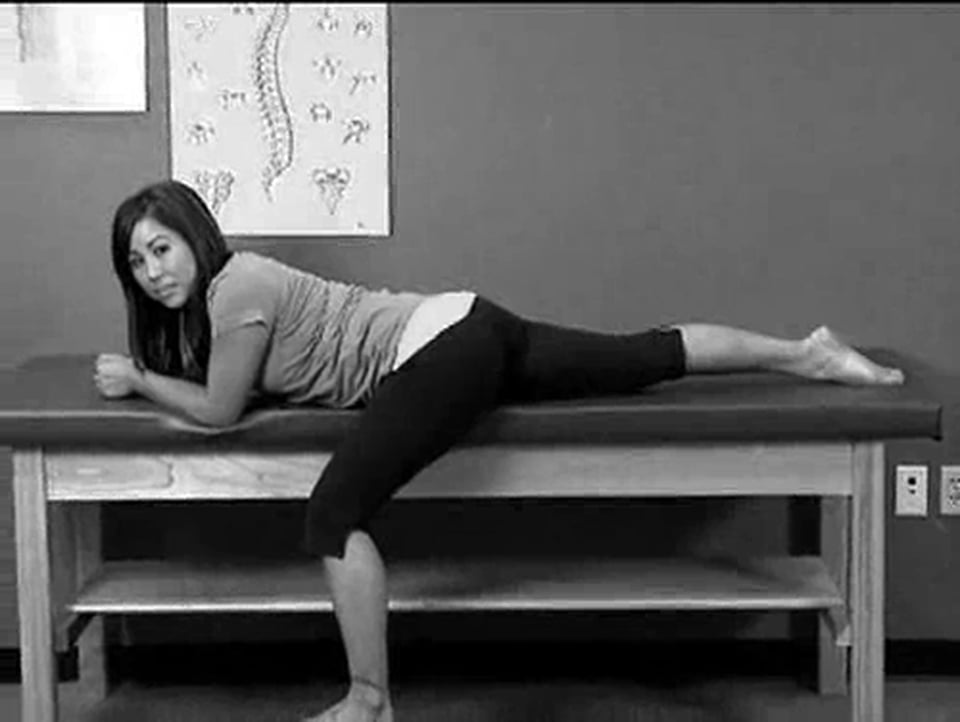Definition:
Joint dislocation of the hip is a common injury to the hip joint. Dislocation occurs when the ball–shaped head of the femur comes out of the cup–shaped acetabulum set in the pelvis. This may happen to a varying degree. A dislocated hip, much more common in females than in males, is a condition that can either be congenital or acquired. Understanding the epidemiology, anatomy, difference between congenital and acquired, screening, treatments, and rehabilitation are all relevant to the topic.
 Symptoms
Symptoms Causes
Causes Treatment
Treatment





